Reloader's Press
First of Many
column By: Jeremiah Polacek | June, 22
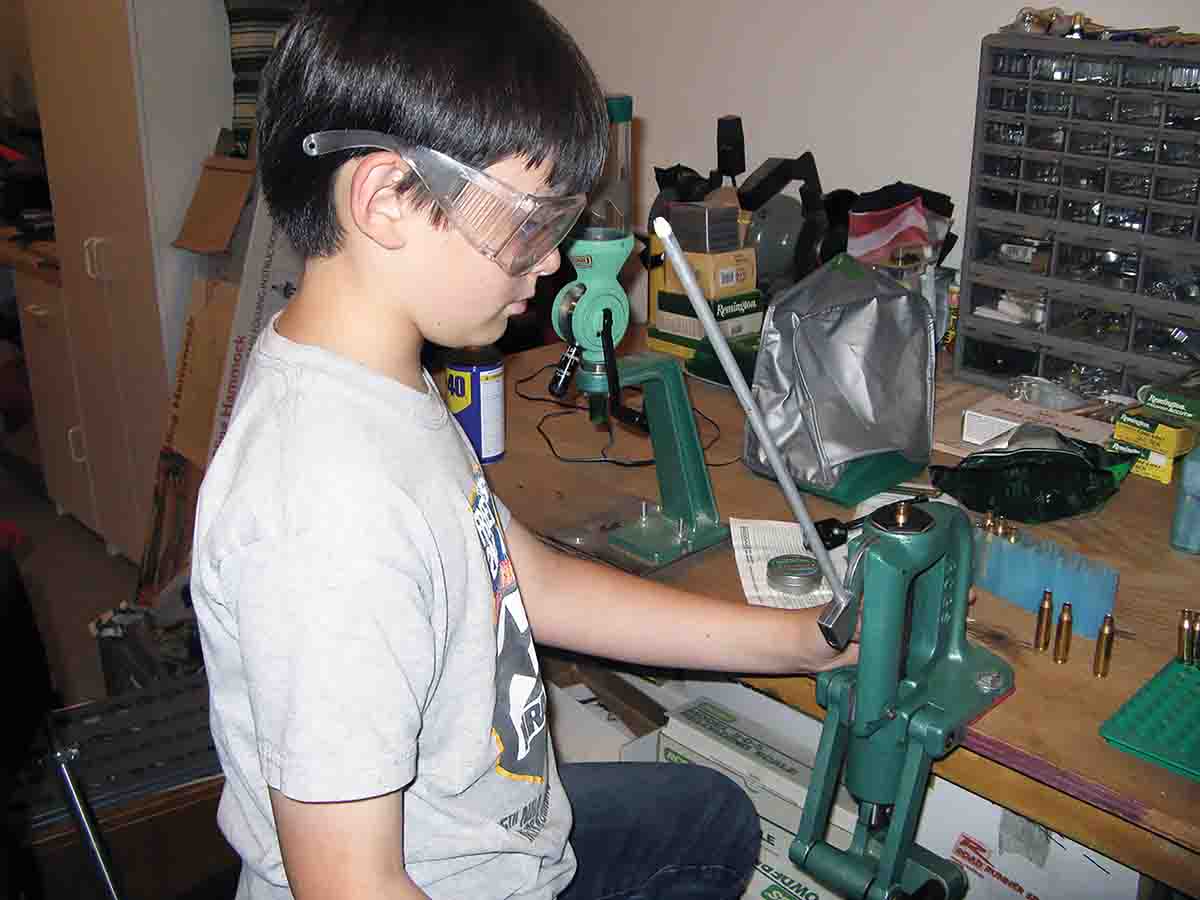
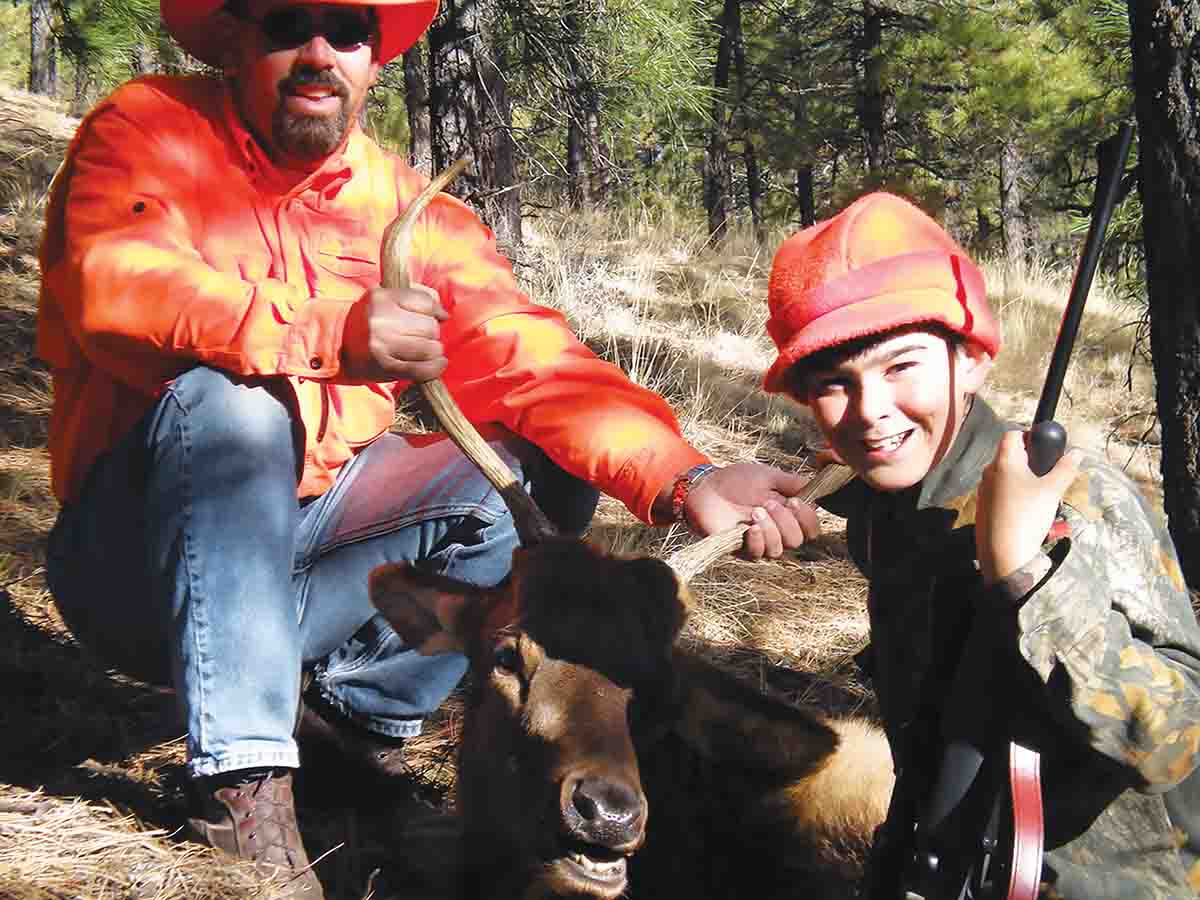
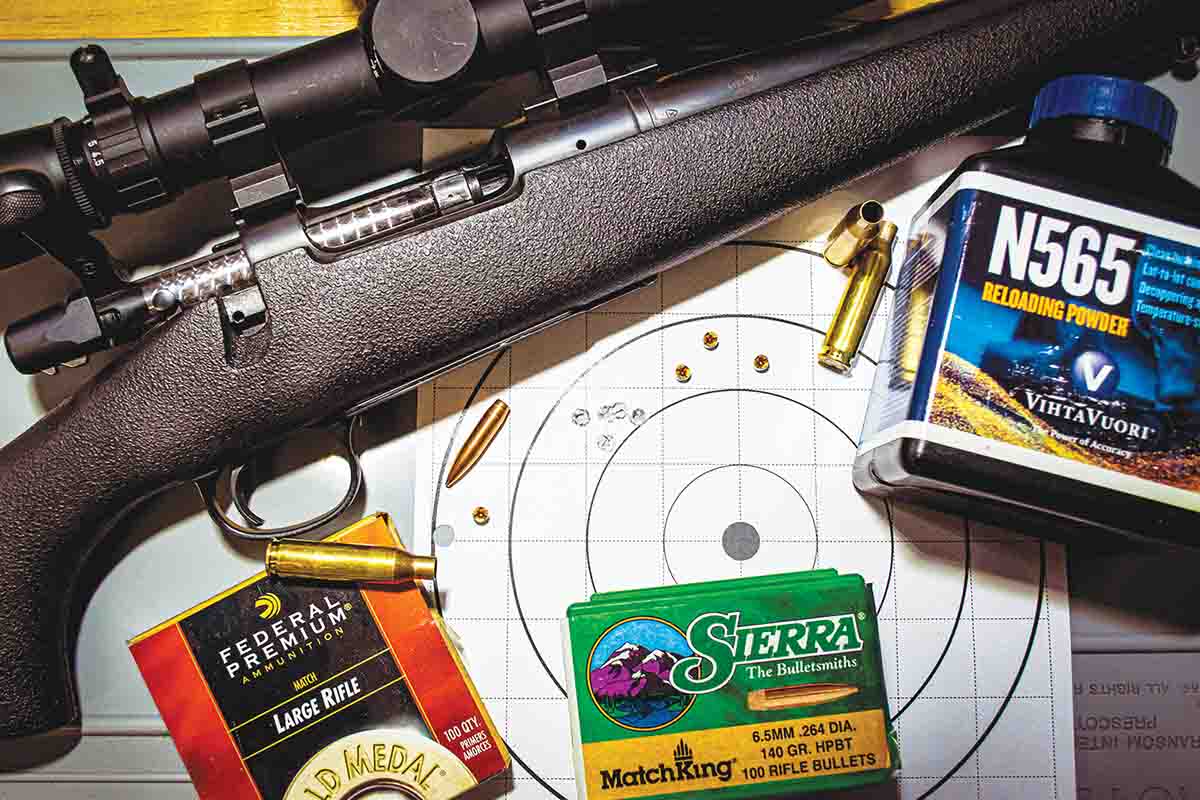
I have a lot of experience with this rifle, and while it certainly won’t win any beauty prizes, it has always performed well for me. As for the cartridge, I will always have a special connection to the .260 Remington. It has a rich history as the 6.5-08 A-Square, a wildcat based off of the .308 Winchester. In 1997, a good year (the year I was born), Remington formally introduced the cartridge. It was a perfect match for a young kid. Light recoil, easy to load and to this day, I still enjoy shooting it. Sadly, it was never a very popular cartridge. It did gain a good reputation in some match circles for its accuracy, but it never gained the popularity that the 6.5 Creedmoor has, even though the two are extremely similar. The .260 Remington had a rather poor introduction and it does have a few shortcomings. How important they are is up to you. When comparing the .260 Remington to other cartridges, it sits right between the 6.5 Creedmoor and the 6x47 Lapua. When it comes to handloading for the .260 Remington, I have worked up quite a few loads over the years, since it was one of my first cartridges and I have the most experience with it. Experiments with the rifle have shown that my particular rifle has a rather short throat. When seating a 140-grain Sierra MatchKing at 2.800 inches, it will jam the lands, therefore, I must reduce my overall length, which then cuts slightly into the powder capacity. This is a common complaint that folks have with the .260 Remington. However, it is just about right for most 130-grain bullets. Since my rifle has a 1:9 twist rate, I have also found that I experience slight stability issues when using very heavy bullets. In most cases, I have found that when I go much beyond the 140-grain mark, the ballistic coefficient is not optimized and can effect bullet stability and accuracy downrange. How much of an issue this is, is up to the shooter and his or her goals.
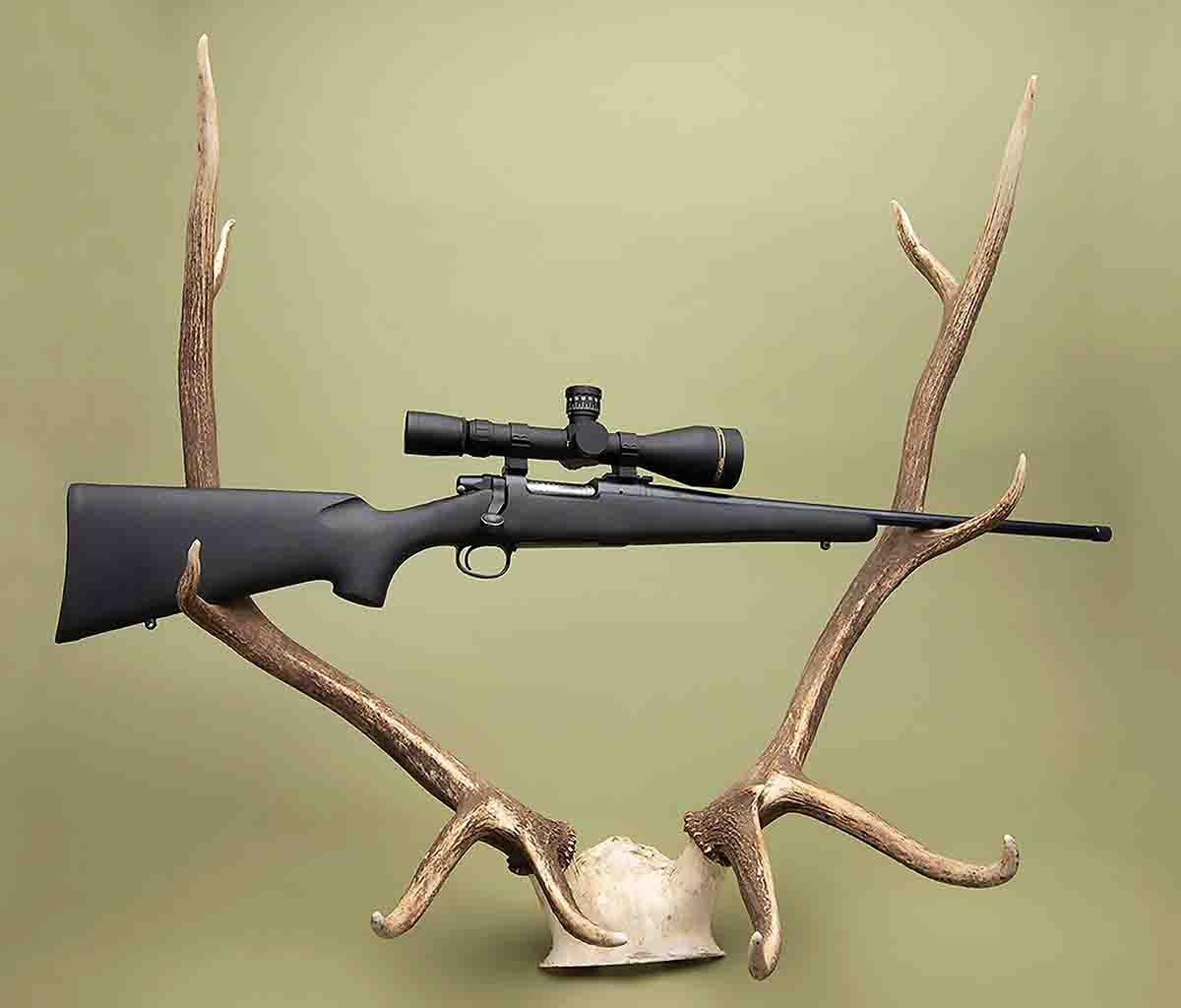
In the accompanying table are all of the loads from a recent load development video that was conducted for Handloader TV, which can be found on YouTube. This table accompanies the video perfectly. If you haven’t watched the video yet, I would encourage you to do so. I worked up all of the loads while carefully selecting charge weights that I thought would perform well in this rifle based on previous experience with both the rifle and cartridge. On a side note, the rifle has never been a real “tack driver,” but I have always found accuracy adequate for hunting purposes at reasonable ranges so long as I do my part. I find that groups between .75 to 1 inch are pretty good for this rifle, with most groups in a load development series being much larger. This is despite using the highest quality components such as Lapua cases, Federal Gold Medal Match primers and RCBS MatchMaster dies. I also carefully weighed and dispensed powder on an RCBS MatchMaster, ensuring that powder charges were within .04 grains of each other. All loads were assembled on an Area 419 ZERO Reloading Press, a high-precision and quality-built press. In all of this, I find there is yet another lesson to be learned, and that is the relationship between accuracy and just how many things go into accuracy downrange, from my handloads, components, dies, press, to the rifle itself, the barrel, action, bedding and much more. While I have a lot more to learn in this aspect, it has been a lot of fun along the way and I think that is what it’s all about in the end – enjoying the journey and being able to look back and see just how far I’ve come from that initial experience.


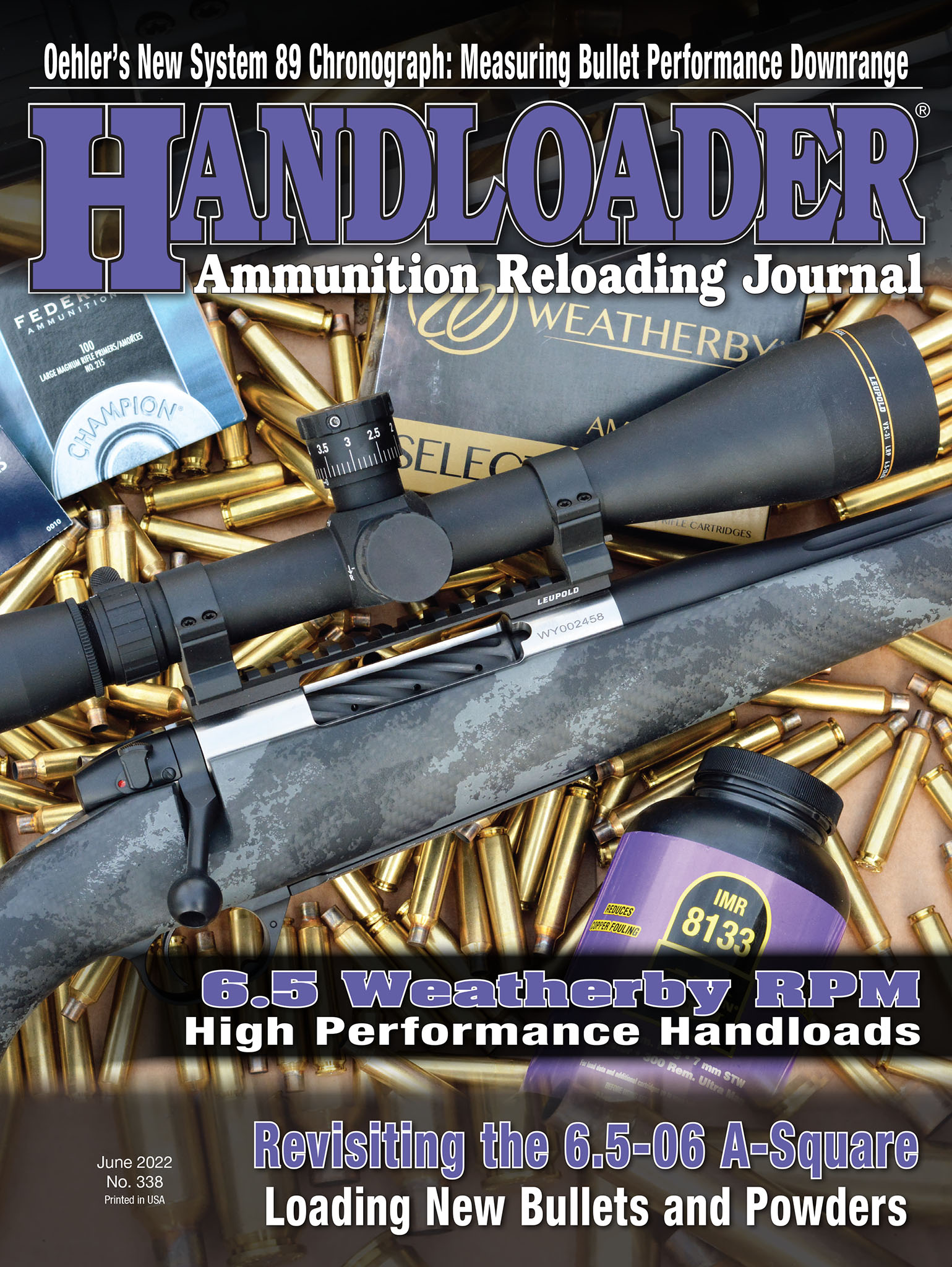
.jpg)